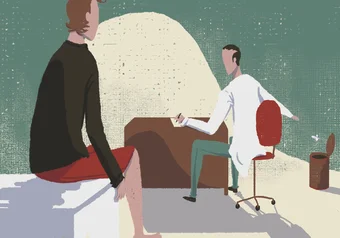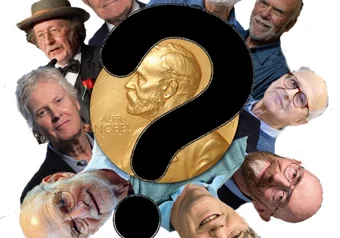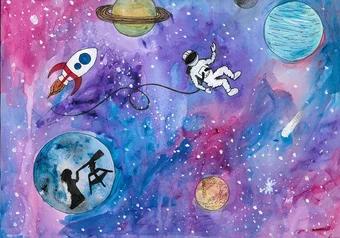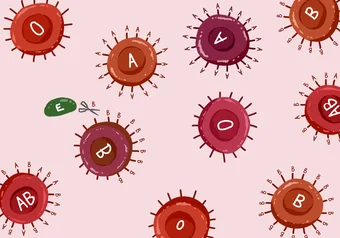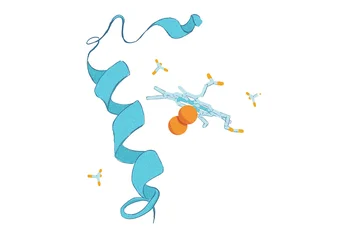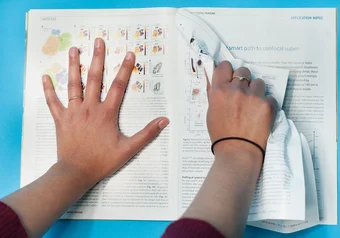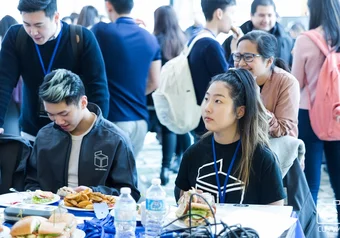Third-year economics and math student Alberto Cevallos and a group of primarily arts students found themselves facing a challenge last winter; they had ideas about innovative ways to harness emerging technologies but lacked some of the technical expertise and support they needed to develop them.
Search the Archive
We’re looking to highlight the writers on campus who dream of crazy futures — the dystopian, utopian or some strange cross of the two.
“I am on-call today, and I have learned that it never hurts to have that extra dash of caffeine before the start of a 24-hour shift. Of course, I have been on-call enough times to know that there is no such thing as a ‘typical’ shift.”
UBC professors agree: despite all the good that the Nobel Prize does for the scientific community, the high degree of sexism, racism and homophobia reflected in the history of the chosen Nobel Laureates — whether subconscious or intentional — can no longer go unchecked.
Why is it dark at night? The answer sounds obvious — well of course it’s dark at night, the Sun isn’t up! No, not quite. There are stars in every single direction — light coming from every single point in the sky — so why is it dark at night?
Code the Change UBC aims to provide students with the opportunity to apply their computer science skills by working on projects that benefit the greater Vancouver community.
Researchers at UBC are working to make blood donatable to all individuals, combatting blood donation problems that have long plagued transfusions. To understand this problem, we must first understand the structures of red blood cells and why blood donations are often restricted to blood type.
If you want to gain an appreciation for a kingdom that’s in fact more related to us than plants, there’s no need to piece together a shiitake costume and travel to a mushroom-con. It’s not even necessary to go out into the city. Right on UBC’s campus there is a staggering amount of diverse fungi to discover.
Dr. Brett Finlay, UBC Peter Wall Distinguished Professor at the Michael Smith Laboratories, will add this prestigious honour to the collection of awards that he has received for his contributions to understanding disease and improving people’s health.
Astronomers recently spotted an object — originally called the Interstellar Minor Body A/2017 U1, and recently named ‘Oumuamua — on an hyperbolic orbit around the Sun. Identifying ‘Oumuamua is “the coolest thing that’s happened in planetary astronomy recently,” said Dr. Brett Gladman.
UBC psychiatry professor Dr. Weihong Song and Third Military Medical University professor Dr. Yan Jiang-Wang were able to determine that a protein — amyloid beta — produced in the body was able to cross the blood-brain barrier and enter the brain.
Although it may be disheartening to hear about misconduct that compromises the integrity of scientific research, especially at our own university, science allows for established protocols to adapt.
Sure, Pluto is an icy body that is cold enough to have year-round winter, but I don’t think your North Face jacket could handle the -223 C temperatures. Pluto’s longer years may be tempting, but who really wants to get in 90,560 Earth days of skiing in a single season?
UBC BizTech is a club hoping to integrate students from a variety of majors using the banner of technology, social awareness and entrepreneurship. Starting in 2004, the club primarily consisted of students who combined computer science and business or similar majors.
Despite calls against the use of such images by the AMS and various student groups, UBC Lifeline continues to display graphic images. But what exactly do the images depict and how effective are they in communicating their stance?




